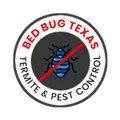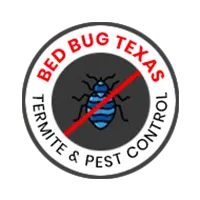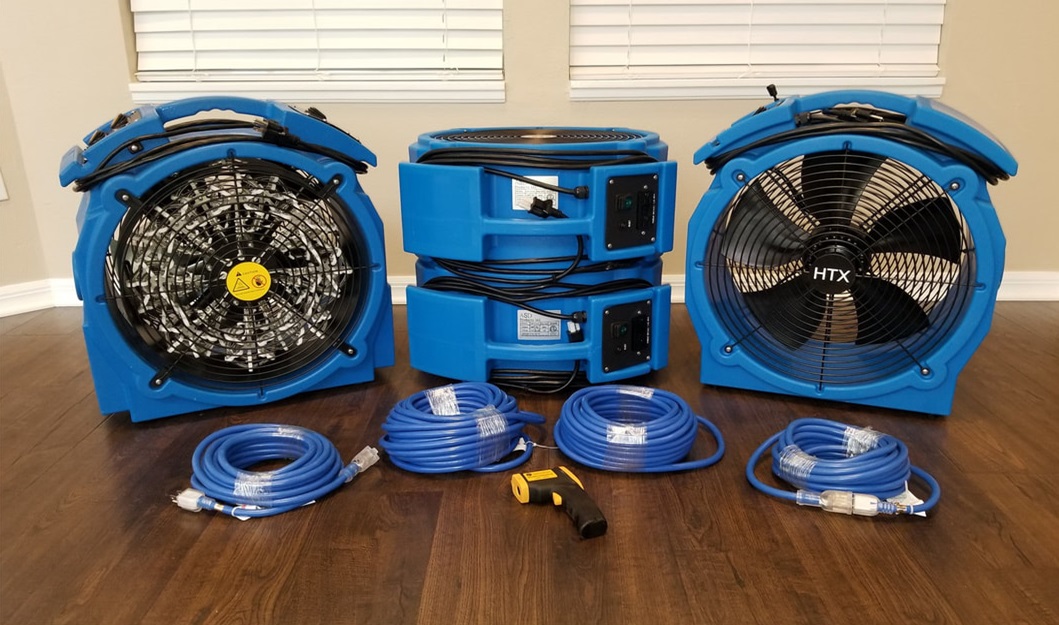 Fleas in your yard can quickly turn into an unwanted infestation that affects not only your pets but also your family. So, Implementing a comprehensive flea treatment for yard is important & by proper implementation, you can effectively eliminate these pests and maintain a safe outdoor environment.
Fleas in your yard can quickly turn into an unwanted infestation that affects not only your pets but also your family. So, Implementing a comprehensive flea treatment for yard is important & by proper implementation, you can effectively eliminate these pests and maintain a safe outdoor environment.
Additionally, mosquito treatments are often helpful as both fleas and mosquitoes thrive in similar conditions. Here are some effective strategies for managing flea infestations in your yard.
Why Flea Control Matters?
Fleas carry diseases that can harm pets and humans, which makes them a significant health concern. While flea treatment for yard is key, it’s often beneficial to incorporate a mosquito treatment for yard as well. These pests can multiply rapidly, which makes addressing crucial. By addressing both of them, you can create a healthier yard overall.
Step 1: Prepare Your Yard for Treatment
Before starting any flea treatment, take the time to prepare the yard. Clear away debris such as leaves, grass clippings, and brush piles, as fleas and other pests love to hide in dark, damp spots. This preparation not only makes the treatment more effective but also reduces the likelihood of fleas re-infesting the area.
If you’re preparing for a bed bug treatment at home, the same approach applies. Reducing clutter and cleaning up outdoor areas can prevent pests from finding comfortable hiding spots both indoors and outdoors.
Step 2: Use Yard-Safe Insecticides
One of the most effective ways to control flea populations is through targeted insecticides designed for yard use. Look for products that specifically mention fleas and follow all safety and application guidelines to ensure the treatment’s success. Yard-safe insecticides can be combined with a mosquito treatment for yard if needed, which creates a more comprehensive pest-control strategy.
Many eco-friendly insecticides are available for homeowners who are concerned about chemical use. When applying insecticides, focus on areas where fleas tend to gather, such as shady spots, under porches, and in garden beds.
Step 3: Regular Mowing and Water Management
Regular yard maintenance is crucial for keeping fleas and mosquitoes at bay. Fleas prefer tall grass and shaded areas, so keeping your lawn well-mowed reduces their ideal habitat. Mosquitoes, on the other hand, require standing water to breed, so it’s important to remove any sources of stagnant water, such as puddles, bird baths, or pet water bowls.
When preparing for bed bug treatment or any pest-control measure, keep your yard clean and well-maintained, as it goes a long way toward reducing pest populations.
Step 4: Use Natural Predators
One eco-friendly approach to flea control is to use natural predators in your yard. Nematodes, for example, are microscopic worms that feed on flea larvae which can help to break the flea life cycle. You can purchase nematodes at garden centers, and apply them to your yard naturally, which can reduce flea populations.
Similar to the bed bug treatment guidelines that emphasize a multi-step approach, using natural predators alongside insecticides can increase the effectiveness of flea treatment in your yard. Additionally, planting mosquito-repelling plants like citronella, lavender, or marigolds helps to deter both fleas and mosquitoes.
Step 5: Regular Monitoring and Maintenance
After completing your initial flea treatment for the yard, continue to monitor the yard regularly. Fleas can return if not treated consistently, especially in warm, humid climates. Consider seasonal treatments or partnering with professional pest control services if you notice recurring flea or mosquito problems. Additionally, following bed bug treatment guidelines such as re-inspecting and reapplying treatments as needed can help manage other types of pests as well.

When to Seek Professional Pest Control Services?
While DIY methods can be effective for certain infestations but for fleas and bed bugs you require professional pest control services. Professional treatments not only cover flea and mosquito treatment for yard areas but also offer specialized bed bug treatment at home. Experts know exactly where to target, which ensures comprehensive control over a range of pests.
Additional Tips for Effective Mosquito Treatment in Your Yard
Fleas aren’t the only pests you want to keep out of your yard. Mosquitoes are particularly troublesome, especially during the warmer months. For effective mosquito treatment, try the following:
- Remove Standing Water: Mosquitoes breed in standing water, so make sure to empty or remove any water-holding containers, such as birdbaths, flowerpots, and buckets.
- Use Mosquito Traps: Traps are available that can attract and capture mosquitoes which keep their numbers down around your yard.
- Install Fans: Mosquitoes are weak fliers, so adding a fan to your patio can help keep them away from outdoor gathering spaces.
FAQ:
Can fleas survive in my yard during winter months?
Yes, fleas can survive in yards during mild winters, particularly in sheltered areas. Consider ongoing flea treatment for yard to prevent year-round infestations.
How often should I apply flea treatment to my yard?
Generally, flea treatment should be applied every 3-4 weeks during peak flea season. For best results, follow a professional pest control schedule.
What is the best flea treatment for a large yard?
For large yards, using a combination of yard-safe insecticides, natural predators, and frequent maintenance can provide comprehensive flea control.
How can I prepare my yard for flea treatment?
Clear away debris, mow the lawn, and remove any standing water before applying flea treatments to maximize effectiveness.
Is mosquito treatment for my yard safe for pets?
Yes, many yard treatments are designed to be safe for pets. Always check labels and follow the product’s safety instructions.
A successful pest management plan for your yard involves consistency, proper preparation, and the right treatments. By Combining these approaches you not only keep fleas away but also deters other pests like mosquitoes. If you’re already using bed bug treatment at home, so maintain an outdoor treatment plan that can help keep indoor spaces free from potential re-infestations.
Whether you’re focused on flea treatment for yard, mosquito treatment for yard, or bed bug treatment, having an integrated plan for your home and yard creates a safe, enjoyable space for everyone.
For more specialized pest control strategies, visit Bed Bug Texas and explore our comprehensive pest treatment options. Protect your yard from fleas, mosquitoes, and bed bugs now by calling @713-357-1627.





